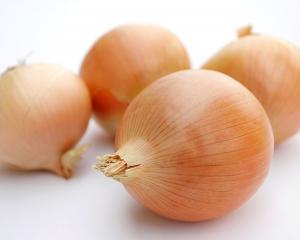
This is rose-buying time and one of the interesting byways to wander down when looking at what to purchase is how different varieties came by their names.

New this season is Truly Special, a charming gift by Tauranga rose breeder Rob Somerfield to his parents on the occasion of their 60th wedding anniversary.
The roses named after people intrigue me and on one occasion led to an embarrassing faux pas.
I was talking to a group about the roses of Australian breeder Alister Clark and described Lady Medallist as being named after one of his female friends. Afterwards, someone took me aside and quietly told me Lady Medallist was actually a race horse, Clark being a noted owner. Since then, I’ve been more careful, using Nancy Hayward — daughter of a Victorian premier — or Clark’s distant relation Lorraine Lee as examples in talking about the rosarian.
Women tend to dominate when it comes to rose names.

One of her advisers was Daniel Solander, better known for his role as botanist on several of James Cook’s voyages, including his visit to New Zealand in 1769.
Her rose is dark red with a strong damask perfume.
To confuse matters, another rose called Duchess of Portland was released in 1901. Not red but pale yellow, it is a hybrid tea.
What is slightly surprising is the original Duchess of Portland is still grown in New Zealand, as are other elderly rosy ladies.

No prizes for recognising the name of cream Jeanne d’Arc (1815) or bright pink Empress Josephine (1853) but how about blush pink Duchesse d’Angouleme?
Bred before 1828, the name commemorates Princess Marie-Therese-Charlotte, daughter of French King Louis XVI and Marie Antoinette. She married her cousin, the Duke of Angouleme, was imprisoned during the French Revolution, then lived in exile in Austria.

One of the loveliest tributes dates back to 1835 when Frenchman Jacques Plantier crossed an alba and a noisette to produce a white rose he named after his wife. Madame Plantier remains justly popular for her pompom blooms, which have a fine scent.
Another that survives is little pink polyantha, Cecile Brunner (1881), which French breeder named after the daughter of a Swiss rosarian, Ulrich Brunner.

A lady I have failed to trace is Honorine de Brabant. The Bourbon rose, discovered in 1916, is one of the prettiest and mostly deliciously perfumed around but the origin of the name is a mystery.
Knowing the origin can add another level to a plant’s appeal so, when you choose new roses this winter, pause for a moment and think about the name.











